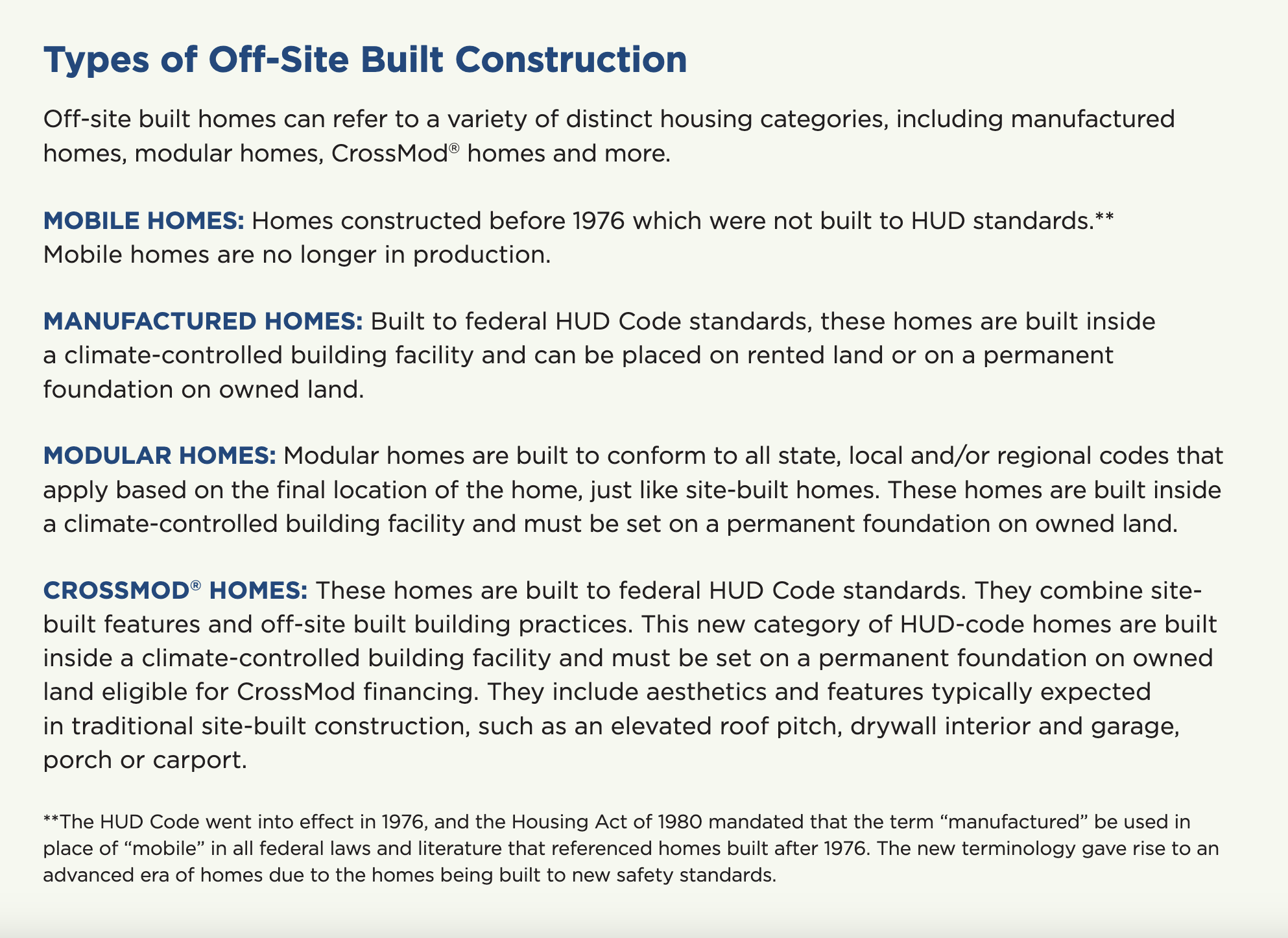Blog

Off-Site Built Homes Proven To Appreciate In Value:
Providing Equity Building Opportunities & Reshaping Today's Housing Market
In 2015, Robert and Chasity purchased a Clayton
off-site built home and land parcel outside of
Asheville, North Carolina for $179,500. Since then,
the home and property have appreciated an estimated
additional $135,500 to $315,000 in July 2022.
Clayton and Next Step recently revisited the Woody
family and learned how their home has become an
investment in their family’s lives and future.
The Challenges of Today’s Market
The lack of current affordable housing has made it nearly impossible for many people to realize the American dream of homeownership. Research from Freddie Mac shows a housing supply gap of 3.8 million housing units, and construction of entry-level homes is at a 50-year low. Traditional home builders have largely abandoned the construction of entry-level, or “starter shomes,” that historically allow more first-time buyers to enter the market and begin to create equity.

The median sales price of a newly constructed home in September 2022 was $470,600. Meanwhile, the real U.S. median household income
in 2021 was $70,784. Housing affordability is typically defined by limiting housing costs to 30 percent of income. Based on an annual income of $70,784, a typical household can afford a
$244,000 home (a little more than half that of today’s median home cost). As of January 2021, an
estimated 41.1 million potential borrowers aged 45 and younger are considered “mortgage ready” but
struggle to find a home due to limited supply at their price point.
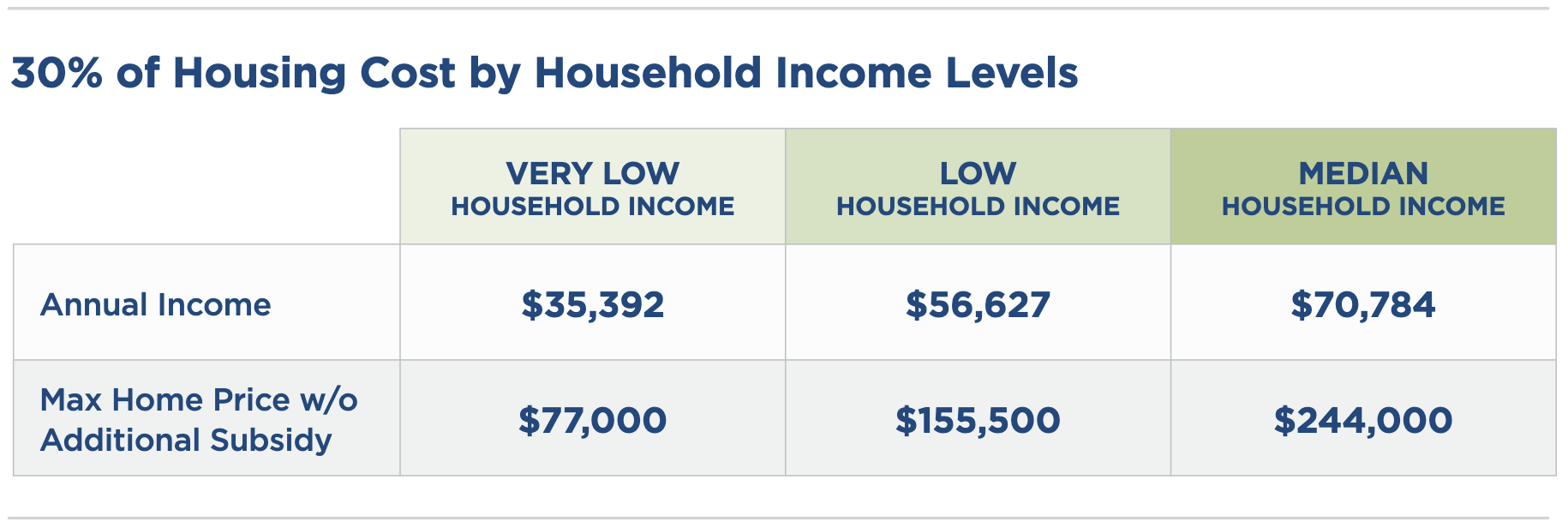
Why Homeownership Still Matters
In addition to the long-term financial gains that a household can make through homeownership, there are other benefits to individuals and families who own as opposed to renting.
According to a research summary prepared by Habitat for Humanity International, homeownership leads to improvements in graduation rates, children’s health, and overall net family wealth. Research shows marked decreases in behavioral problems in children, less reliance on government assistance, and reduction in asthma-related illnesses.
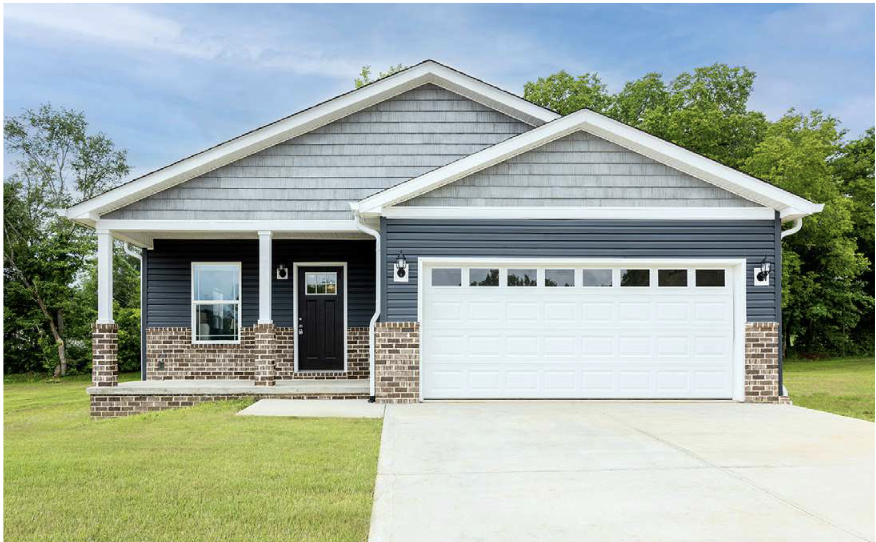
So how can we create more housing supply, but keep costs affordable for hard working Americans?
The Benefits of Off-Site Built Construction
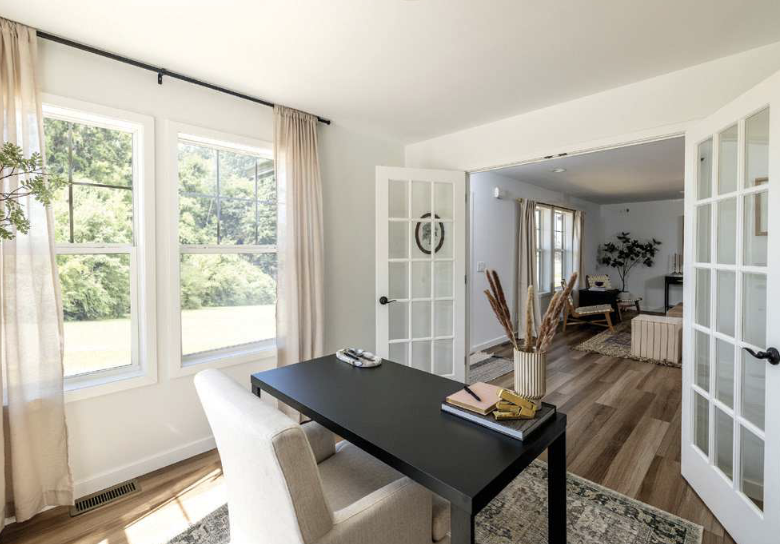
CrossMod® Homes: A New Path to Filling the Housing Gap
CrossMod homes are built to HUD-code and blend off-site construction and on-site features to produce an affordable home that looks, performs, and can be financed and appraised like a site-built home.
CrossMod homes include many site-built features, such as an elevated roof pitch; drywall interior;
permanent foundation; and garage, porch, or
carport. CrossMod homes offer forward-thinking
designs, energy-efficient features, and high-end
materials without sacrificing the efficiency, quality,
and construction speed that comes with off-site
home construction.
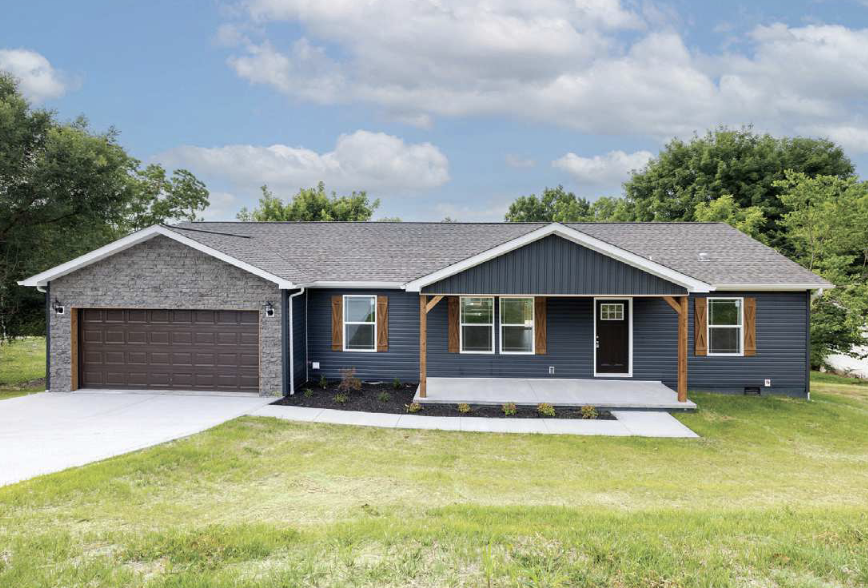
The price of a CrossMod home is dependent on the market, homebuilding facility, and other factors. With the current average cost of a CrossMod home
at approximately $300,000 nationwide, including the cost of land, they typically cost significantly
less than traditional new home construction. At this price point, CrossMod homes are an
attractive solution for both developers and home buyers.
For developers, it adds another housing tool in their tool belt. With a CrossMod home, an off-site home builder constructs the home inside a facility, relieving some of a developer’s labor pressure (e.g., a smaller developer that builds 10-30 homes a year could add 5-10 more homes per year with CrossMod). For home buyers, this style of home offers all the same features,
amenities, and styles of new site-built homes, but one
that they can better afford.
Wealth and Equity Building Opportunities for Buyers
For decades, homeownership has been the quintessential path to prosperity and upward mobility for millions of American families. However, the U.S. homeownership rate was only 65.8 percent in Q2 2022. In addition to the challenges in the current housing market, there have also been recent historical barriers that have hindered homeownership, such as rising student loan
debt, inflation, and a lack of affordable housing developers. But, despite these hurdles, appreciation still remains one of the most important paths toward long-term wealth building for families across the
U.S. Buying an off-site built home and placing it on a permanent foundation is arguably the most attainable option to start that journey – especially in
today’s current market.
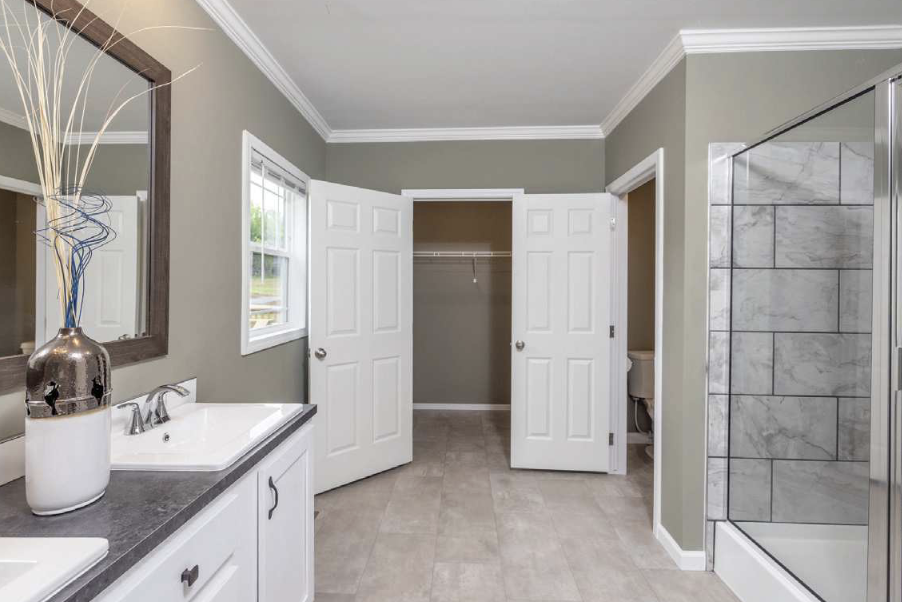
About 15 years ago, the Kentucky-based nonprofit
organization Frontier Housing partnered with Clayton and the Ford Foundation to undertake a demonstration of high-quality manufactured homes, comparable to today’s CrossMod homes. The
Community of Edgewood, a wholly new subdivision, featured a collection of ENERGY STAR®-rated
homes. All the homes in the neighborhood were
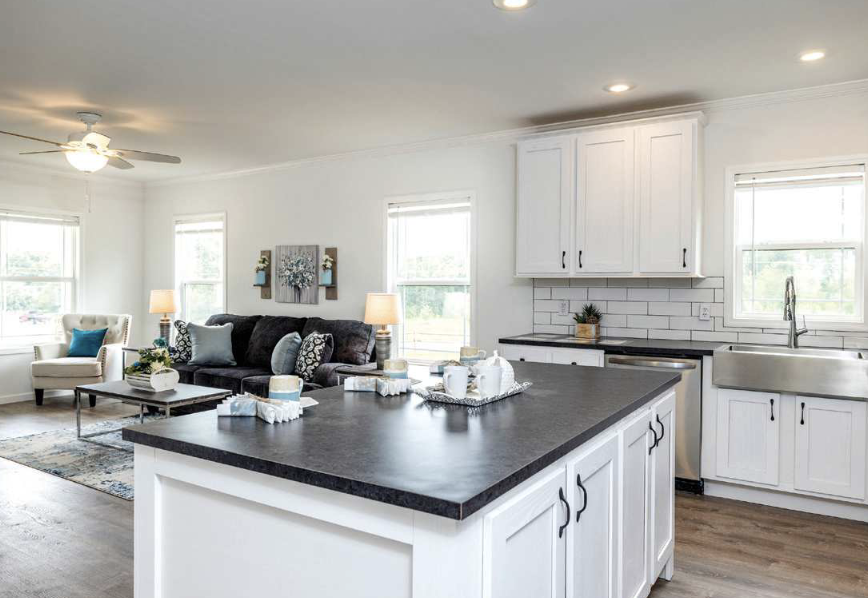
placed on permanent foundations that met Federal Housing Authority Title II standards and financed with mortgage loans. Particular attention was paid to creating curb appeal and modern aesthetics identical to those of nearby site-built homes. These homes also included universal design features for improved accessibility, ensuring that homeowners can age in place comfortably. Over time, these homes have appreciated in value and blended into the neighborhood with site-built homes.
Both estimates and public data provided from the real estate website Zillow show that these homes have, in fact, appreciated comparably in value to other homes in the market. As an example, Zillow estimates that two homes in the Edgewood neighborhood that originally sold for $115,00 and $116,000 have increased in value to $164,200 and $172,500 respectively (a more than 40% incdrease).
Zillow’s estimating tool shows the homes placed in Edgewood in 2007-2008 remain comparable in value to homes in that same
Building at Scale: The Possibilities for Off-Site Built Homes
Exclusionary Zoning
The largest barriers that stifle expanded use of off-site built homes are restrictive zoning and outdated land-use policies.
Zoning is an inherently local issue, and many jurisdictions specifically exclude homes constructed in a facility (often using outdated terminology like “mobile homes” or “trailers”). According to Freddie Mac, local jurisdictions can also discourage use of off-site built homes in several other ways, including lot-size and parking-space minimums; architectural design standards; requirements around
building materials; and onerous approval processes, permitting, and fees.
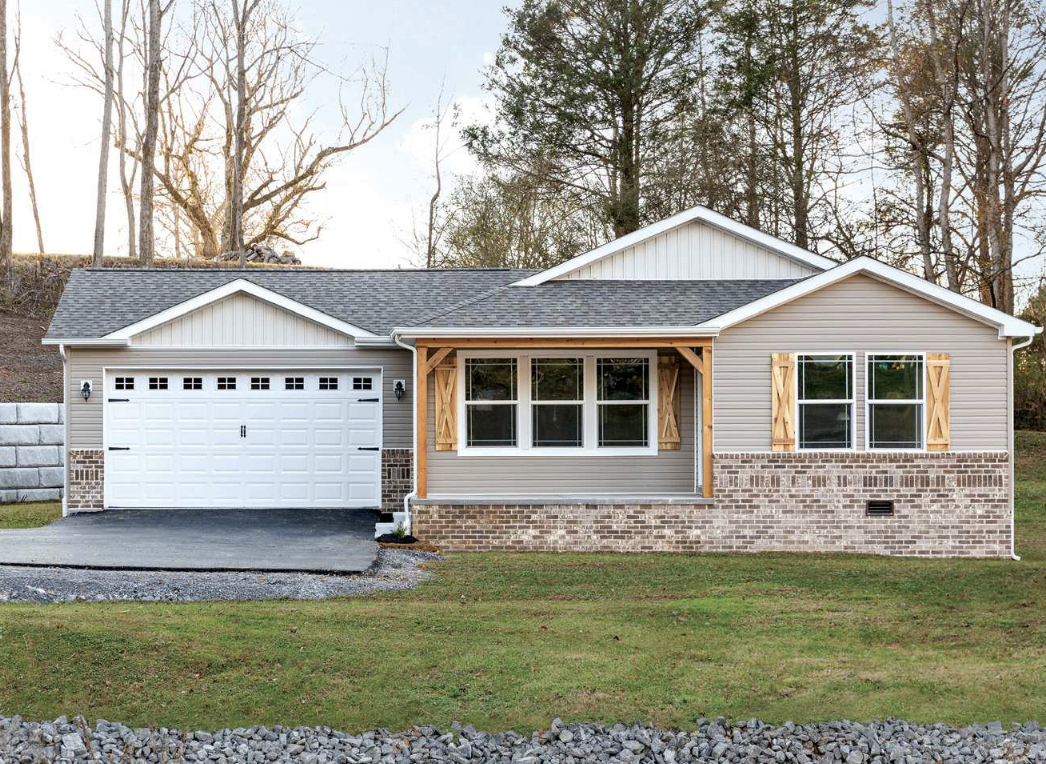
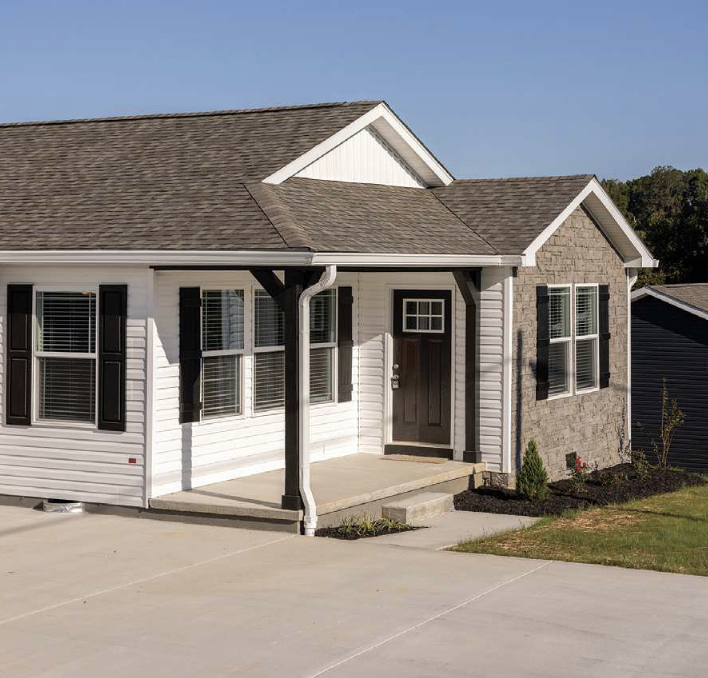
The largest barriers that stifle expanded use of off-site built homes are restrictive zoning and outdated land-use policies.
Zoning is an inherently local issue, and many jurisdictions specifically exclude homes constructed in a facility (often using outdated terminology like “mobile homes” or “trailers”). According to Freddie Mac, local jurisdictions can also discourage use of off-site built homes in several other ways, including lot-size and parking-space minimums; architectural design standards; requirements around
building materials; and onerous approval processes, permitting, and fees.
Developer Adoption
Currently, very few housing developers leverage off- site built construction as a method for their housing and neighborhood development projects. Multiple CrossMod® homes can be delivered to a developer site at one time. This means a developer can have multiple foundations ready and rent a crane for only one day. This saves time and money for a developer and helps increase the supply of affordable housing in an area.
As an example, Clayton strives to make CrossMod a supplemental option for lower volume developers.
Clayton gives developers a PE certified foundation plan, and provides set-up contractor options and materials to complete the project. This hands-on approach is designed to remove any barriers for a developer to work with manufactured housing and more specifically, CrossMod.
Existing Stigma and NIMBYism
As Next Step and Clayton have explored in a previous publication, outdated perceptions of off-site built homes are still prevalent. Additionally, housing and community development efforts frequently encounter
NIMBY-ism (which stands for Not-In-My-Backyard) with some community members and groups viewing most forms of more affordable housing as a negative.
Education is critical for helping the public and government leaders understand the facts about
off-site built housing and making these homes more broadly available to American communities
throughout the U.S.
Learn More: To learn more about how off-site built homes are a solution for affordable homeownership and community development efforts, visit Next Step’s website at nextstepus.org.
Media Contact Grant Beck, Marketing and Communications Manager, Next Step • g.beck@nextstepus.org
Existing Stigma and NIMBYism
As Next Step and Clayton have explored in a previous publication, outdated perceptions of off-site built homes are still prevalent. Additionally, housing and community development efforts frequently encounter NIMBY-ism (which stands for Not-In-My-Backyard) with some community members and groups viewing most forms of more affordable housing as a negative. Education is critical for helping the public and government leaders understand the facts about off-site built housing and making these homes more broadly available to American communities throughout the U.S.
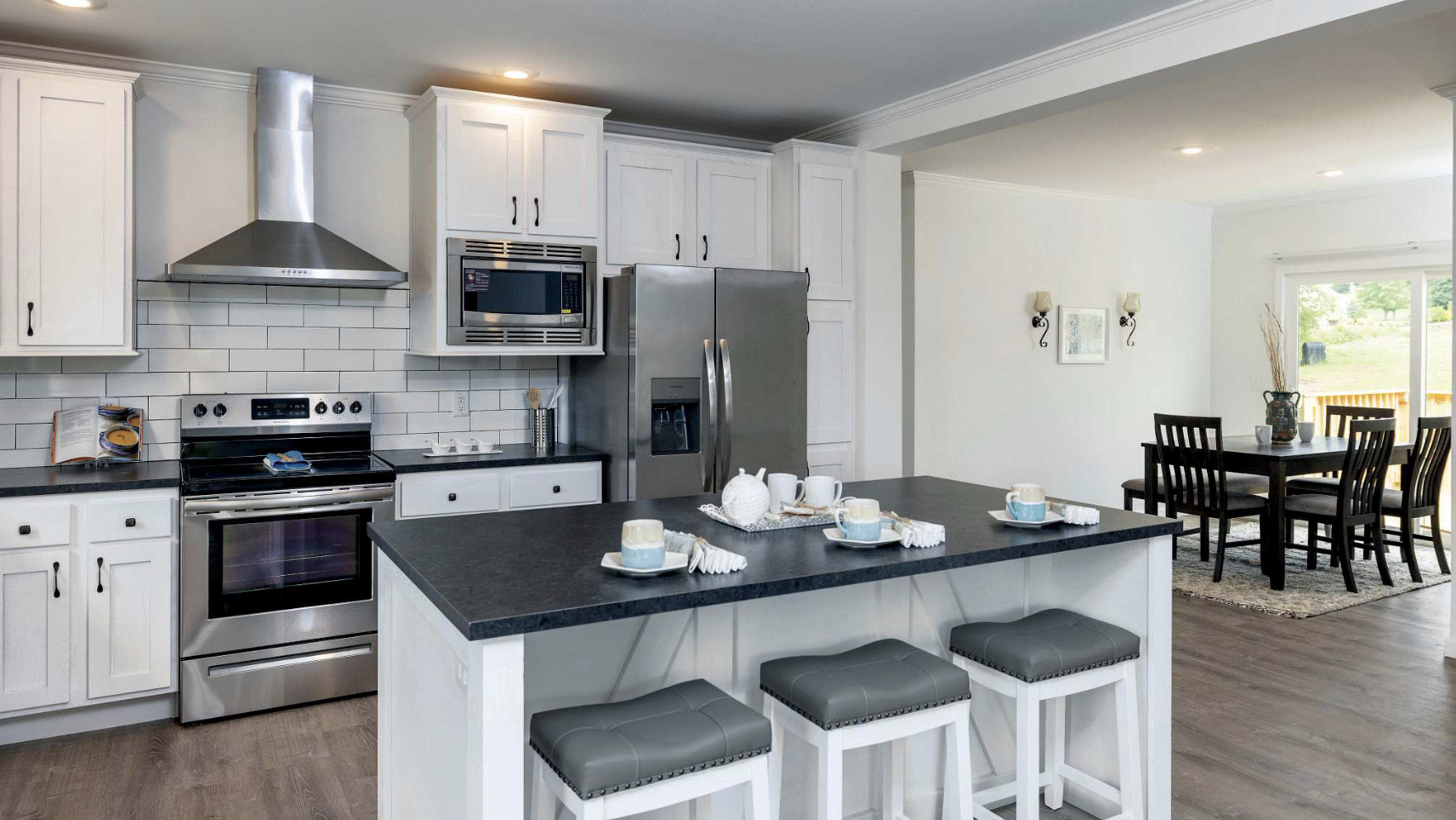
Learn More:
To learn more about how off-site built homes are a solution for affordable homeownership
and community development efforts, visit Next Step’s website at nextstepus.org.
Media Contact
Grant Beck, Marketing and Communications Manager, Next Step • g.beck@nextstepus.org

